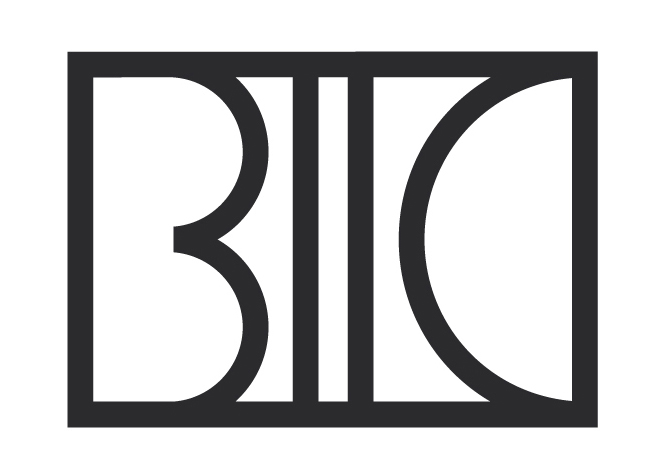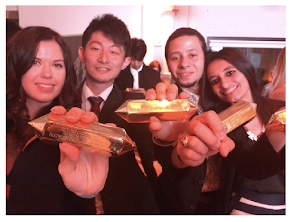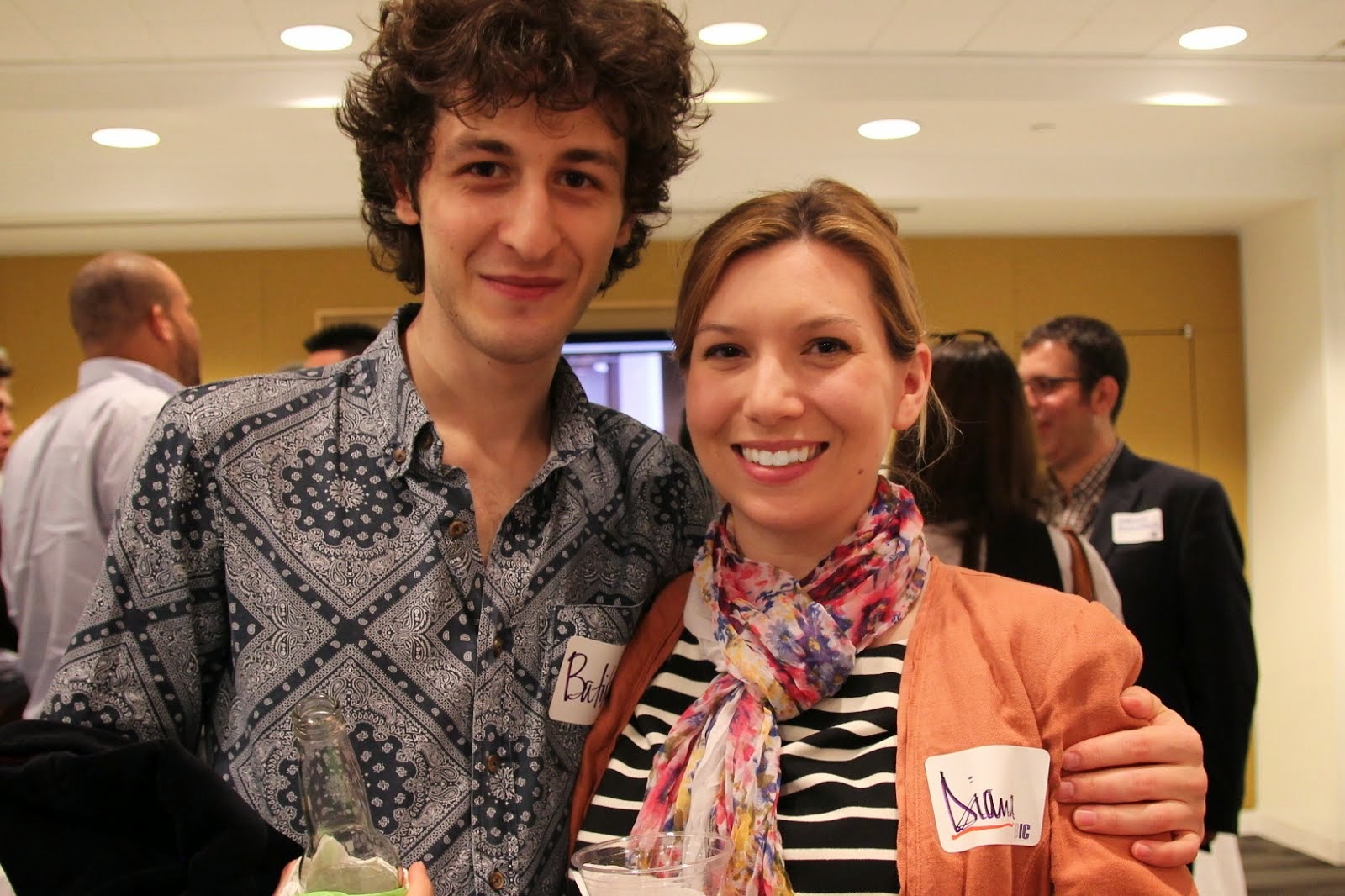Clients to Agencies: We Demand More Diversity. BIC agrees...
 |
| Photo of ACTUAL BIC students after a client pitch -- NOT from Getty Images!!! |
A September 2, 2016 Wall Street Journal article noted that “a recent spate of high-profile scandals on Madison Avenue involving accusations of sexist and racist behavior has put the spotlight back on the advertising industry’s lack of diversity. And now marketing clients are starting to leverage their budgets to insist on change.” Among the companies demanding that agencies diversify its workforce is HP. In a letter to its five agencies, Antonio Lucio, HP's chief marketing officer, “requested that each one submit a plan within 30 days that lays out how the firm will significantly increase the number of women and minorities in key creative and strategy roles.”
That same week, Ann Simonds, CMO at General Mills, told Advertising Age that it would apply a diversity standard when seeking out creative departments to work with including a requirement that they contains at least 50% women and 20% “people of color.”
A month later, The New York Times article entitled Brands to Agencies: Diversify or Else noted that the motivation behind these efforts is mostly about demographic parity: "Marketers are expected to have a deep understanding and insight about their markets, about decision makers and about customers," Mr. Scotti [of Verizon] said this week. "We are more likely to create solutions that amaze our customers if our work force and suppliers represent the communities we serve."
However, having marketers reflect "the communities we serve" is not the only reason why agencies should be diverse. BIC Program Director Nancy R. Tag states that the real focus on diversity should hone in on talent. "The recent demands by brands to hire more people who look like the consumers they target is positive. But efforts must go beyond seeking diverse demographics to diversity of skills, diversity of thought, diversity of culture, etc. Being "talent forward" is exactly what will lead to greater demographic diversity. Because guess what? No race, gender, culture has a monopoly on talent. This is a bottom line business imperative: diverse talent creates a dynamic work environment, a more creative work force, and more engaging products. As an industry, demographic parity is a low bar..." BIC Professor Douglas Davis agrees: "I love that BIC is uniquely positioned to provide the diverse creative and strategic pool the industry and clients are asking for."
A month later, The New York Times article entitled Brands to Agencies: Diversify or Else noted that the motivation behind these efforts is mostly about demographic parity: "Marketers are expected to have a deep understanding and insight about their markets, about decision makers and about customers," Mr. Scotti [of Verizon] said this week. "We are more likely to create solutions that amaze our customers if our work force and suppliers represent the communities we serve."
However, having marketers reflect "the communities we serve" is not the only reason why agencies should be diverse. BIC Program Director Nancy R. Tag states that the real focus on diversity should hone in on talent. "The recent demands by brands to hire more people who look like the consumers they target is positive. But efforts must go beyond seeking diverse demographics to diversity of skills, diversity of thought, diversity of culture, etc. Being "talent forward" is exactly what will lead to greater demographic diversity. Because guess what? No race, gender, culture has a monopoly on talent. This is a bottom line business imperative: diverse talent creates a dynamic work environment, a more creative work force, and more engaging products. As an industry, demographic parity is a low bar..." BIC Professor Douglas Davis agrees: "I love that BIC is uniquely positioned to provide the diverse creative and strategic pool the industry and clients are asking for."
While this focus on diversity isn't new (The New York City Commission on Human Rights held its first hearings into discrimination in the advertising industries back in 1968), real engagement in the issue ebbs and flows. And action has been slow. The BIC program not only celebrates diversity in both its mission, student body, and collaborative multi-disciplinary approach, but in recent original research on diversity principally authored by CCNY faculty Lynn Appelbaum and Frank Walton. Read that report here.








